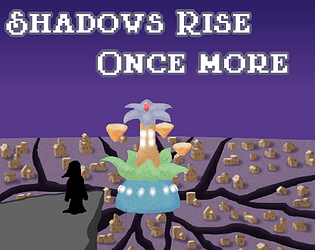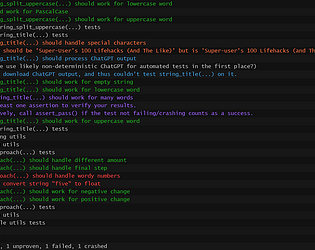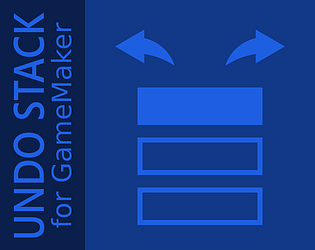I got some Undertale vibes, especially from the overworld (might be the bright path that resembles similar puzzle from UT) and also the battle backgrounds really make me think of Earthbound (even if I haven't actually played it).
Balancing between the dodging and inputting the correct elements might be good as a general concept, but I feel the execution here doesn't quite work? Might have something to do with enemy attacks being kinda wobbly and hard to tell the direction of to the point I couldn't quite react in time, and quickly making elemental attacks was effective enough I didn't really need to dodge in the first place. Undertale's system of having attack/action sections and dodging sections works better in that the player can focus on one thing at a time.
Other than that, the game was pretty short and sweet. The overall story reminded me of Homunculipse, if you played the game you may notice why. Nicely done, overall. ^^








